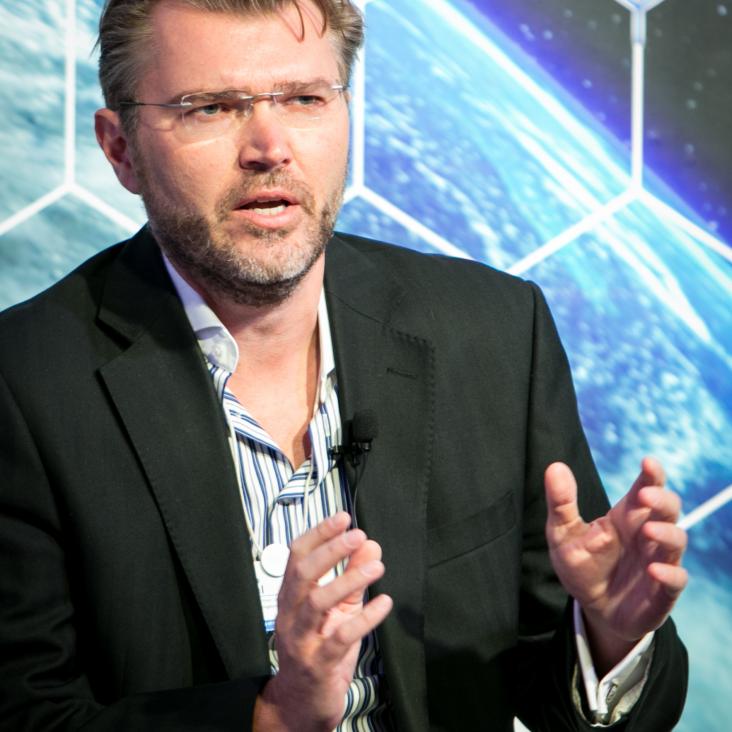Two-state teleportation
Physical Review A - Atomic, Molecular, and Optical Physics 61:6 (2000) 1-8
Abstract:
Quantum teleportation with additional a priori information about the input state achieves higher fidelity than teleportation of a completely unknown state. However, perfect teleporation of two nonorthogonal input states requires the same amount of entanglement as perfect teleportation of an unknown state, namely one ebit. We analyze how well two-state teleportation can be achieved using every degree of pure-state entanglement. We find the highest fidelity of "teleportation" that can be achieved with only classical communication but no shared entanglement. A two-state telecloning scheme is constructed. ©2000 The American Physical Society.Detection of Geometric Phases in Superconducting Nanocircuits
(2000)
Geometric quantum computation
J MOD OPTIC 47:14-15 (2000) 2501-2513
Abstract:
We describe in detail a general strategy for implementing a conditional geometric phase between two spins. Combined with single-spin operations, this simple operation is a universal gate for quantum computation, in that any unitary transformation can be implemented with arbitrary precision using only single-spin operations and conditional phase shifts. Thus quantum geometrical phases can form the basis of any quantum computation. Moreover, as the induced conditional phase depends only on the geometry of the paths executed by the spins it is resilient to certain types of errors and offers the potential of a naturally fault-tolerant way of performing quantum computation.Bounds on relative entropy of entanglement for multi-party systems
(2000)
Geometric phases for mixed states in interferometry.
Phys Rev Lett 85:14 (2000) 2845-2849


